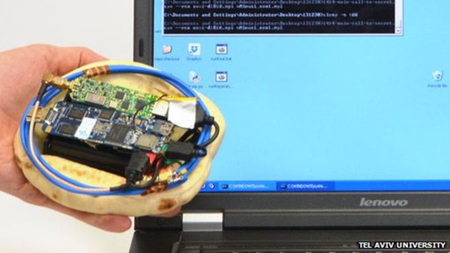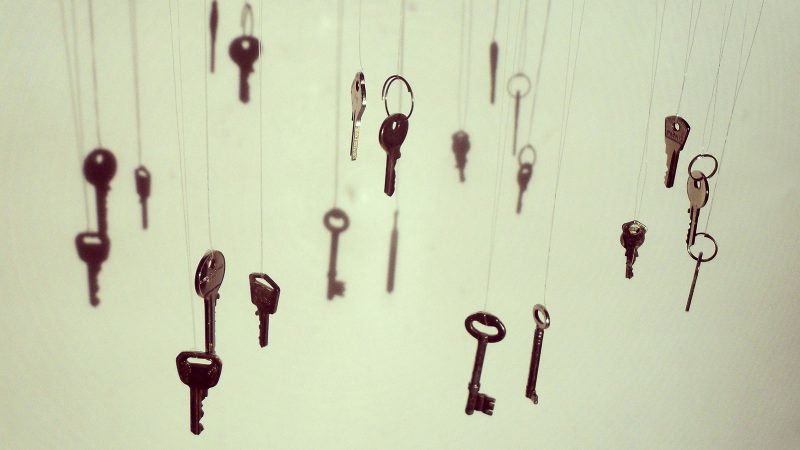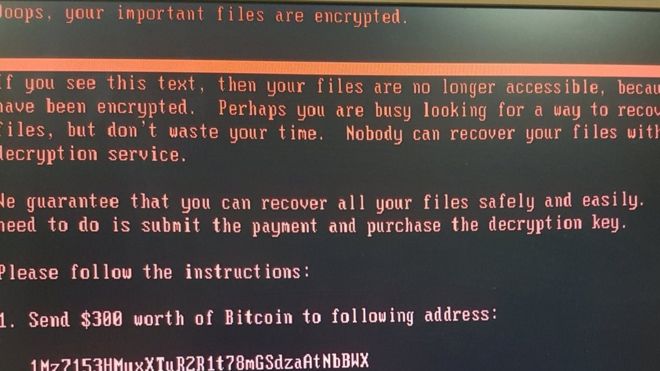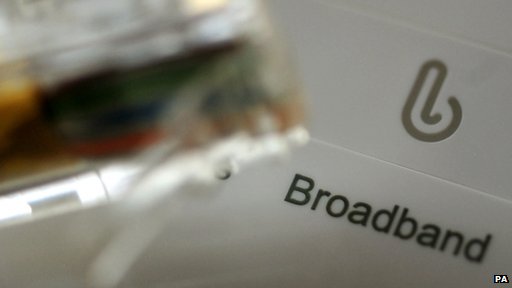
黑客利用藏於麵包內的小工具偷取資料
Hackers steal data using gadget inside pitta bread
BBC News Technology 2015-06-23 10:00:00http://www.bbc.com/news/technology-33229424
Secret encryption keys can be stolen using a cheap gadget so small it could be concealed inside some pitta bread.
Israeli security researchers have demonstrated how to capture radio emissions given off by laptops that inadvertently leak data about the keys.
Before now, grabbing the radio signals was thought to require expensive, bulky equipment.
But the four-strong team managed it with cheap components small enough to conceal inside a piece of pocket bread.
'Not impressed'
The attack, developed by Daniel Genkin and colleagues from Tel Aviv University, monitors the radio signals given off by laptops when their central processing unit is crunching data.
The team discovered that many different operations in a computer, such as playing a game or decrypting a file, had a characteristic pattern of radio activity.
The differing power demands a CPU made as it worked gave rise to these telltale signals, said the group in a paper detailing their work.
By monitoring these signals when the computer was decrypting a specific email message sent to it by an attacker, it became possible to work out the key being used to secure data, they said.
After demonstrating that the attack worked in the lab, the group created a mobile version they dubbed the Portable Instrument for Trace Acquisition (Pita), which they managed to conceal inside a piece of pocket bread.
The attack had been demonstrated to work from a distance of about 50cm (1ft 8in), said the researchers.
Using their technique, the researchers were able to grab keys used in several widely used encryption programs and algorithms to protect data.
Such attacks were well established, Steve Armstrong, managing director of Logically Secure, told tech news site The Register.
"If they can do it at 10m (32ft) in a different room, I would be impressed. If the device needs to be within 20cm, I am not," he said.
The team plan to present their work at a technical conference on cryptographic hardware in September.










